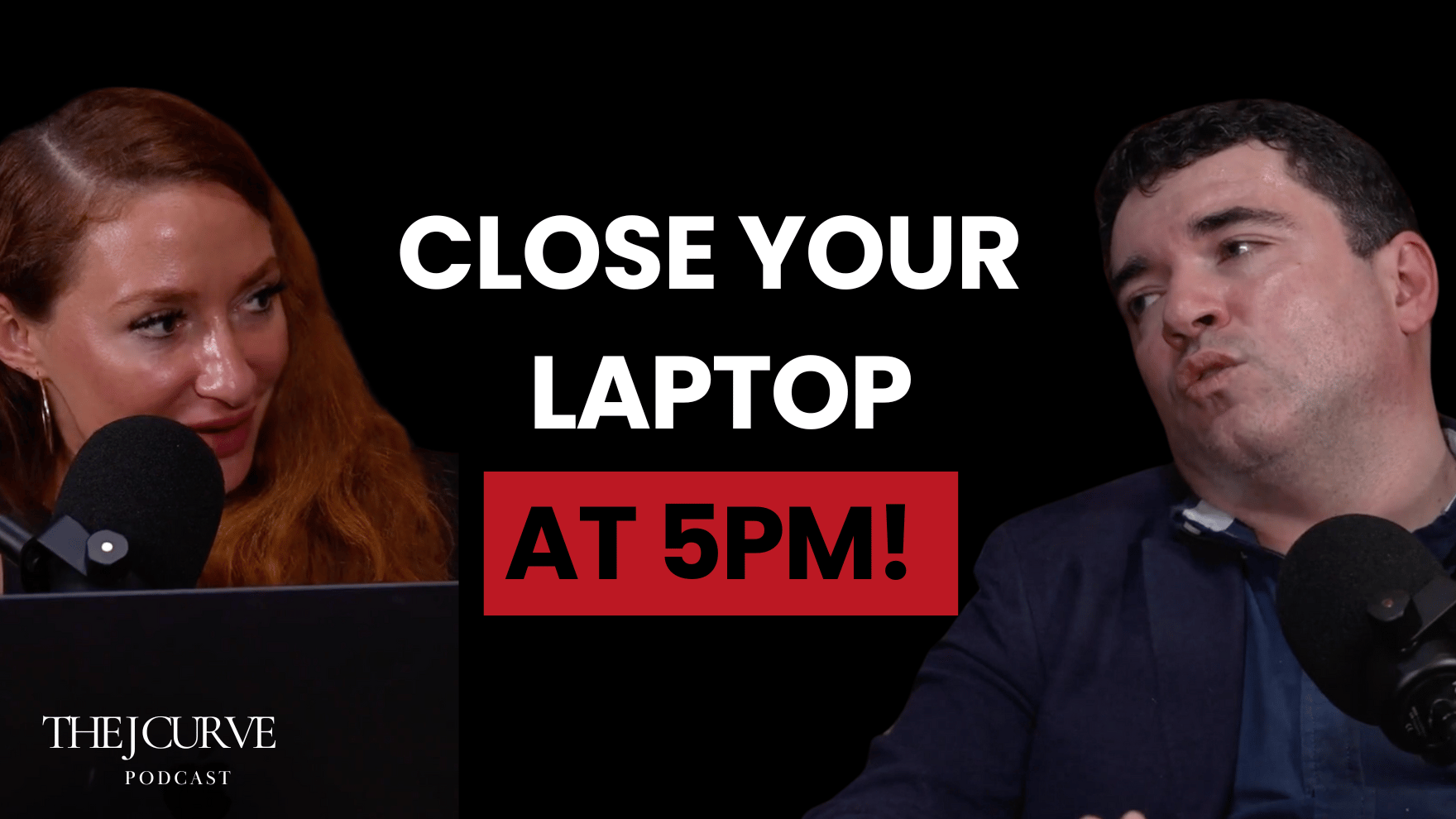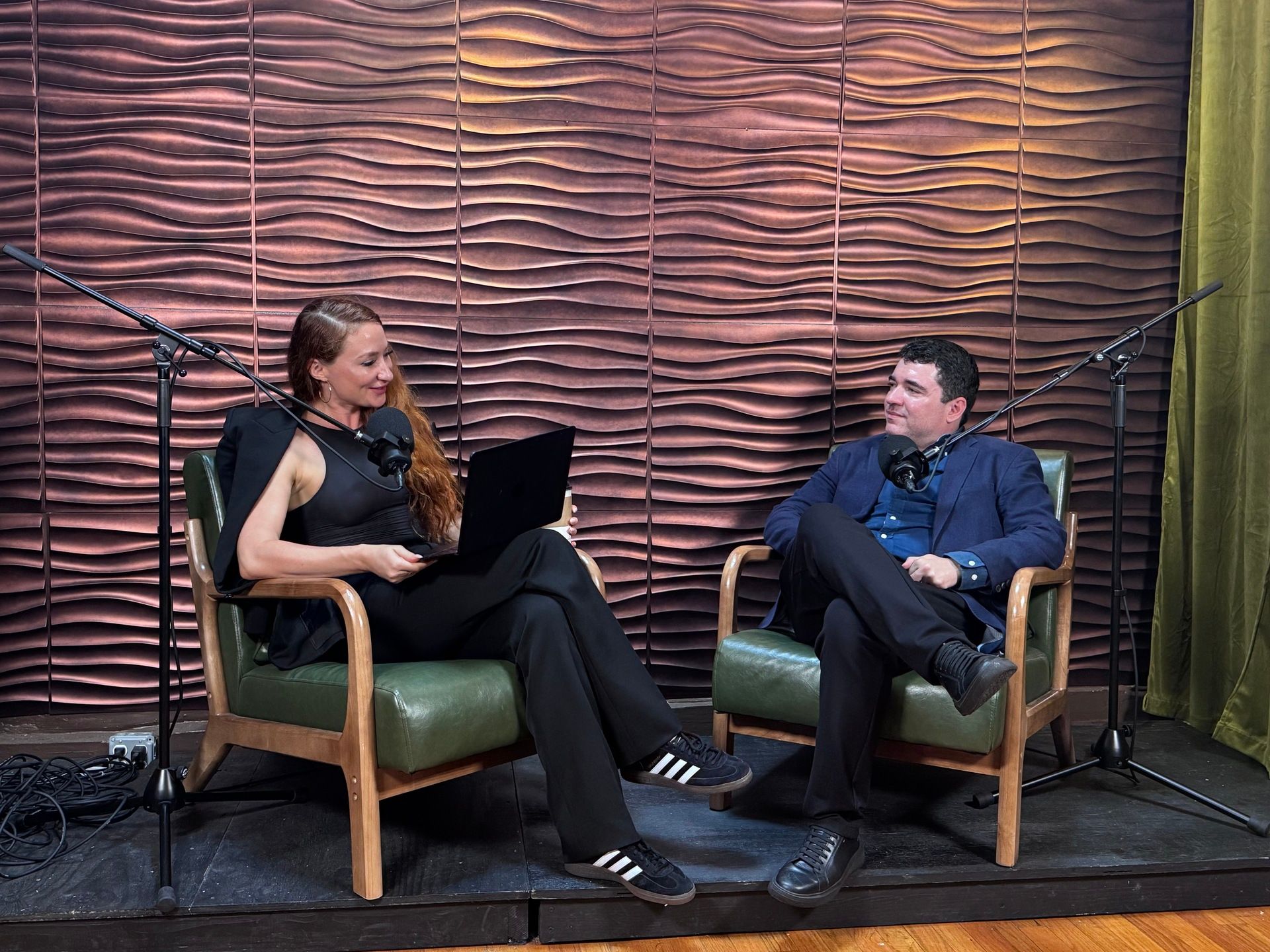- The J Curve
- Posts
- The Fintech That Closes At 5pm
The Fintech That Closes At 5pm


Startup culture worships hustle: 16-hour days, sleeping under your desk, and the promise of unicorn glory.
Piero Contezini doesn’t buy it.
From a living room in Joinville, Piero Contezini built Asaas into one of Brazil’s fastest-growing fintech platforms, processing billions for SMEs — all while enforcing 8-hour workdays and a zero-bug policy.
Backed by SoftBank, BOND, Bradesco, and other top investors, Asaas has evolved from a “Stripe-for-Brazil” experiment into a full-stack financial operating system with 37 revenue streams.
Piero’s story is a masterclass in building differently: building a fintech culture defined more by discipline than by grind, turning experiments into growth engines, and walking away from short-term money to protect long-term scale.
Adapted and edited for The J Curve Insider newsletter format.
Let’s get into it.

The Anti-Hustle Culture Behind One of Brazil’s Fastest-Growing Fintechs —with Piero Contezini, Asaas
WHEN NO MEANS SCALE
Olga Maslikhova: You started in a software house before founding Asaas. What did that teach you about company building?
Piero Contezini: A service company and a product company demand opposite mindsets.
A service company says “yes” to customer requests — every new feature is a billable opportunity.
A product company must say “no” far more often — every distraction kills focus and clarity of thought.
OM: What was your “aha” moment to start Asaas?
PC: After years of work, we realized the service model could never scale — we were always trapped trading hours for revenue. One day, a wealthy client offered us a $2M custom project. On paper it was huge, but I knew it would lock us into two or three more years of coding something that wouldn’t work. That’s when I called my brother, and we made the tough decision to sell Informant and bet everything on building a product. That decision was the beginning of Asaas.
PAYMENTS AS EASY AS FAST FOOD
OM: Your original pitch was “Stripe for Brazil.” What went south?
PC: We failed miserably. In 2012–2013, the entire startup market in Brazil was about 200 companies. Half had already solved payments on their own. The other half wanted ERP systems with consultants, services, and training — exactly what we didn’t want to do.
Our goal was scalability: a product people could buy online and start using immediately. The thesis at the time was: we don’t move money — we connect your bank account, and you move money yourself. We are a software company.
But the market proved too small. The real turning point came when a small-business owner named Pedro asked us to bill 200 of his clients. That’s when we realized the real pain wasn’t payments infrastructure for startups — it was helping SMEs actually get paid.
So we rebuilt the product from scratch in my house. The principle was simple: issuing an invoice through Asaas should be as easy as ordering at a drive-through.

Piero Contezini and I at our Studio in New York.
BUILD, TEST, KILL, REPEAT
OM: Since 2014, you’ve insisted that no change at Asaas ships without an A/B test. Where did that discipline come from?
PC: It started after we read a book about the Obama campaigns and how they A/B tested fundraising. That was a lightbulb moment: if politics could be run by experiments, why not a fintech?
From then on, every idea at Asaas became a hypothesis. At first it was basic: we help the customer receive money — but can we help them send money? Pay boletos? Schedule payments? Each of those questions turned into a test. No feature survived without proof. Every improvement had to be validated scientifically, the way pharmaceutical companies trial drugs. Build the hypothesis, run the test, and let the data decide.
The mindset was never “let’s build a platform.” It was: solve one real problem at a time, measure if the solution is better than what came before, and if not, throw it out and start again.
OM: And how do you decide what not to build?
PC: Stick to the science. If a test doesn’t move the KPI, you have to be humble enough to kill it — even if you’ve written thousands of lines of code. The customer decides what lives. If they don’t click, don’t use, don’t adopt, it shouldn’t exist.
MONETIZATION AS A FILTER
OM: Why tie Asaas’s revenue directly to customer success?
PC: People challenged me constantly: “You should make it free. You should charge a subscription.” And we tried free many times.
What we saw was that free users were usually businesses already on their way out. Healthy businesses don’t mind paying 1% of their ticket size if it means reducing the friction of getting paid.
With free, you see more conversions at the start — but revenue plateaus quickly, then declines. When we charged, it filtered for healthier customers. Those users stayed, grew, and the cohorts kept compounding. Our very first cohort from January 2014 is still expanding today, generating more cash ten years later than it did in the beginning.
OM: What drives that growth?
PC: In Brazil, businesses either grow or they die. That’s the first driver. The second is that we’ve become very good at expanding with our customers.
Think of it like a video game. Level 1: help SMEs receive money. Level 2: help them pay suppliers. Level 3: manage receivables and cash flow. From there, you can layer credit cards, ERP, insurance, integrations — 37 revenue streams today.
It’s a journey. At the bottom of the pyramid, the SME just wants security — “I need to get paid.” At the top, it’s self-realization — “I can see my P&L automatically and run my company with confidence.”
HOW NOT TO BREAK YOUR CUSTOMERS
OM: What were the other key decisions early on?
PC: The first was technical. When we built the second version of Asaas, we decided everything would start as an API. Only after that would we build the user interface on top of our own API. From 2014 onward, every feature we released came with an open, documented API in both Portuguese and English.
OM: What impact did that have?
PC: It created a developer community around us. Today we have connectors for every no-code and low-code platform you can imagine. Two years ago we found a Discord called “Asaas” with 7,000 developers — now it’s grown to 12,000. They build plugins, test ideas, and give us feedback that shapes our roadmap.
OM: And the second big decision?
PC: Never become a credit company. Early on, it would have been easy to hand out R$10,000 loans against receivables. But we knew the risk: people use that money for the wrong things — buying a car, thinking they’re suddenly rich — and end up worse off.
Instead, we stuck to receivables anticipation. If a business is advancing future payments, it’s because they need capital to deliver more services and grow. That strengthens the cohort, instead of weakening it.
At the end of the day, our mission is to extend the life of SMEs — to make the average cohort last ten years instead of five. Giving credit to businesses that don’t understand how to use it, does the opposite.
CLOSE THE LAPTOP AT 5
OM: What are the cultural non-negotiables at Asaas?
PC: First: we work eight hours a day. Eight, that’s it. If you need more than that, something’s broken — either you don’t know what you’re doing, or we need more automation, or we need more people. The wrong answer is to just work longer.
Second: we never trade quality for speed. If you tell me you need another month to build something right, I’ll say: take it. Quality is non-negotiable.
Third: radical honesty. We deal with people’s money. If you’re not honest with your team, sooner or later you won’t be honest with the customer. Integrity has to start inside.
OM: How does that play out in practice?
PC: We run a zero-bug company. If a release goes live with a bug, everything stops until it’s fixed. We don’t keep lists of “known issues.”
OM: Why is your approach to work hours so different from startup culture?
PC: When we started Asaas, Diego and I asked ourselves: what would make us want to stay here forever? The answer was solving meaningful problems without burning out. Our people work hard — really hard — for eight hours. But then you close the laptop. At 8:00 the next morning, you start fresh.
RAPID FIRE
OM: What do global investors still get wrong about Brazil?
PC: They assume it works like the U.S. and keep looking for copycats. Brazil is different.
OM: If you weren’t building fintech, what would you be building?
PC: Probably space mining. Humanity consumes too much from Earth, and survival will depend on bringing resources from space.
OM: When you brought in investors like SoftBank and Bond, what were your non-negotiables?
PC: First, I have to genuinely like the person across the table. If I don’t, it doesn’t matter what the valuation looks like. Second, I run the vision. I’ll report, but don’t try to run the company from the boardroom. Third, don’t expect me to work Sundays or 80-hour weeks. I work 40 hours. If that doesn’t fit, we’re not good partners.
OM: What’s one routine that’s made the biggest difference for you?
PC: Going to the gym Monday through Friday, usually at lunchtime.
OM: If you could give one book to a first-time founder, what would it be?
PC: Startup CEO. It sounds basic, but it gives you a framework that works: do you have money (sell more or raise)? Do you have the best people (hire or replace if not)? And does everyone in the company understand the goals and mission? If not, stop and make sure they do.
THE J CURVE HALL OF FAME
Since you made it this far, you might want to check out our episode featuring Gustavo Mapeli, co-founder and CEO of Kanastra — fresh off announcing a $30M Series B led by F-Prime (the VC fund closely tied to Fidelity, and a backer of Toast and Plaid), with participation from IFC, Kaszek, Valor Capital, Quona Capital, and Itaú.
This episode unpacks how Kanastra is building Brazil’s fintech infrastructure — by navigating regulation, wealth decentralization, and embedded finance tailwinds; by making the contrarian call to go multi-product from day one; by winning trust, reputation, and distribution in a concentrated, low-tech market; by hiring for high-performance cultures that are intentionally exclusive; and by scaling on a 15-year cofounder partnership Gustavo calls “unbreakable:”

The $300B Market Built on Excel—And the Startup Replacing It
And if you’d rather read it, I’ve got you covered with The Insider version of this interview
Thanks for reading,
Olga

P.S. If this issue was valuable to you please share it with a founder who needs to hear it. Let’s build LATAM’s next tech leaders—together
🎙 The J Curve is where LATAM's boldest founders & investors come to talk real strategy, opportunity and leadership.
1





